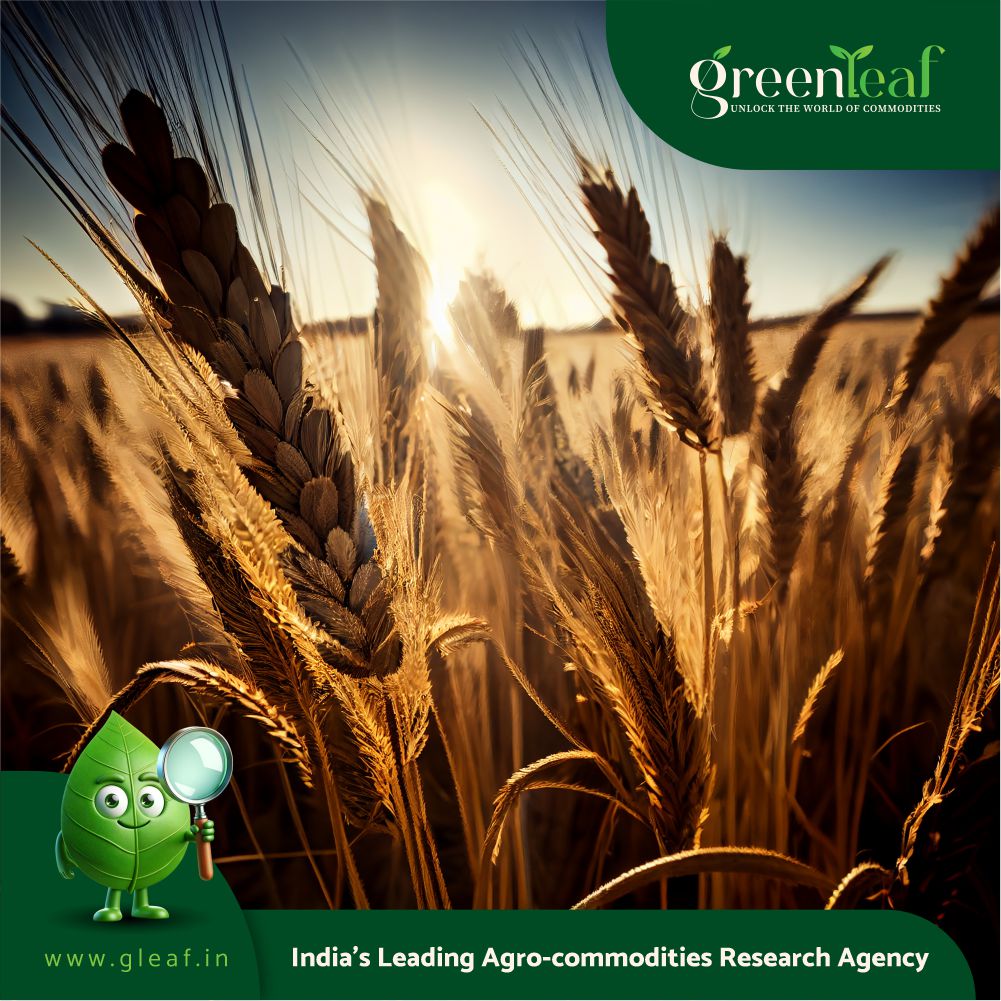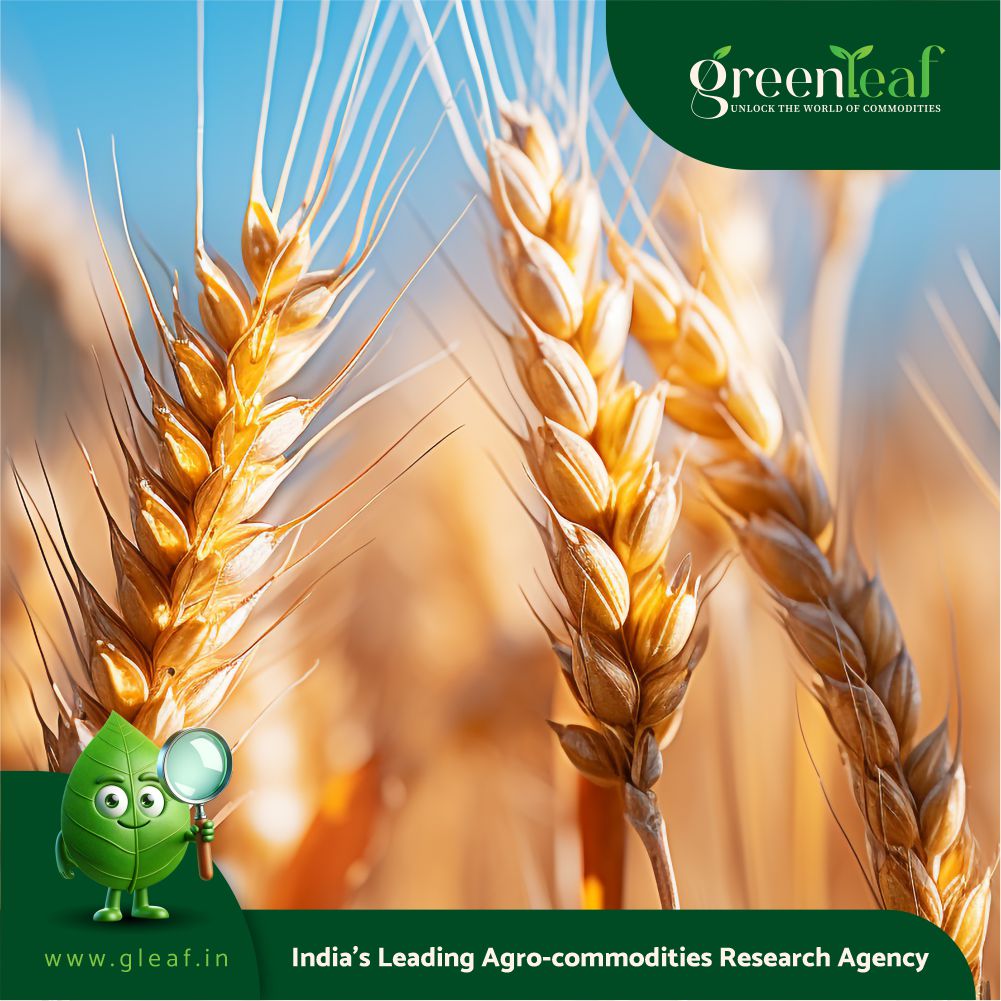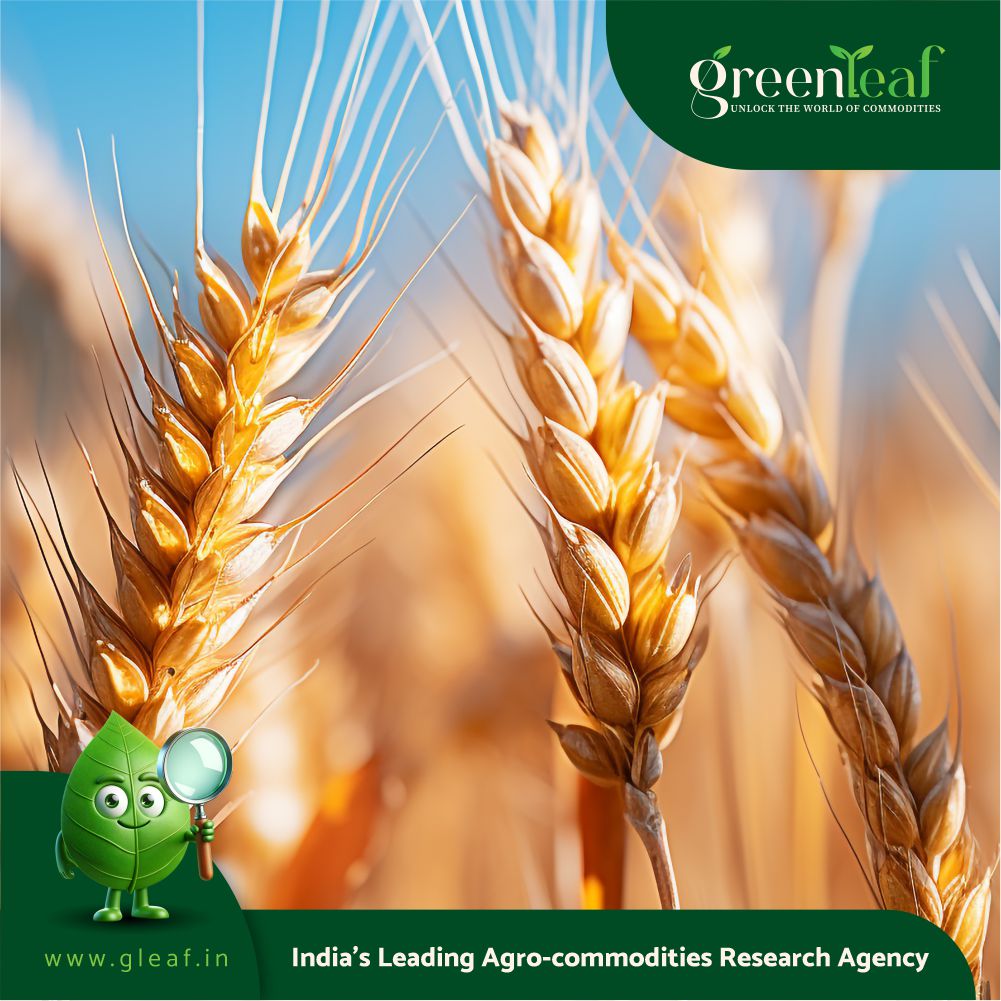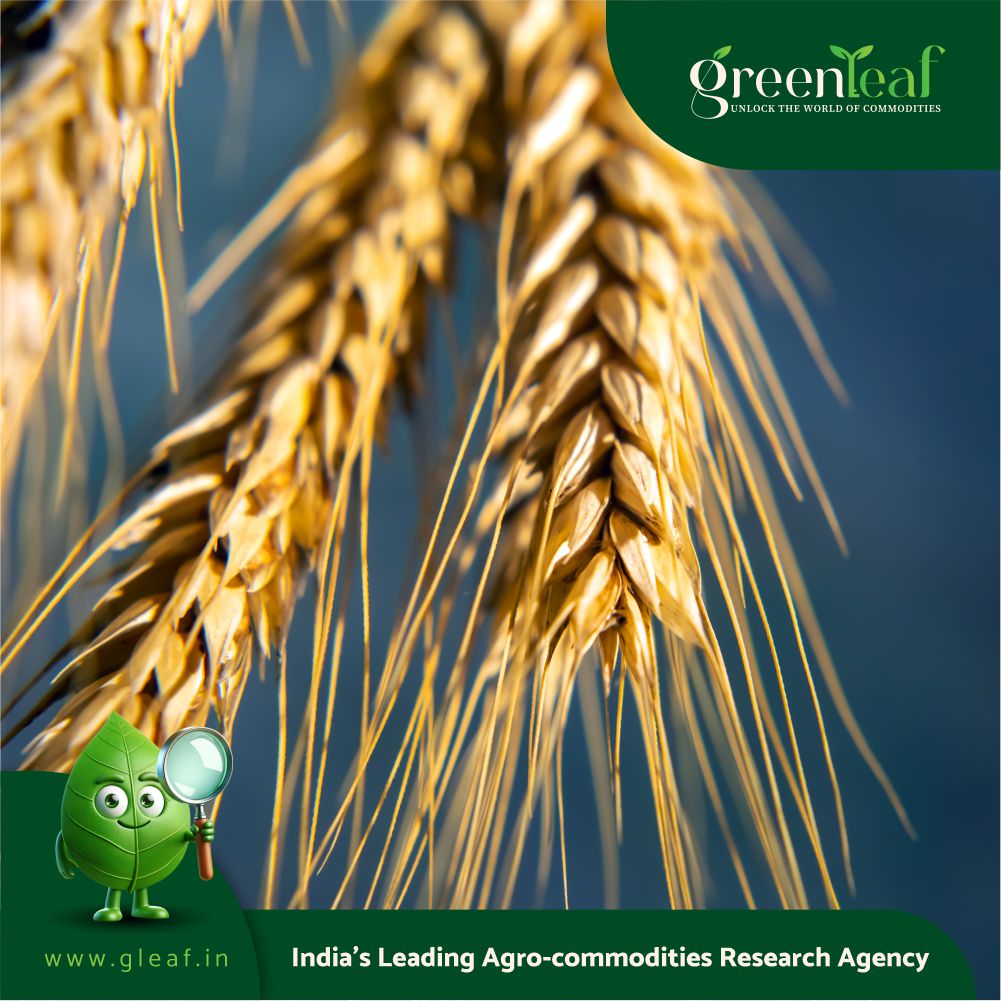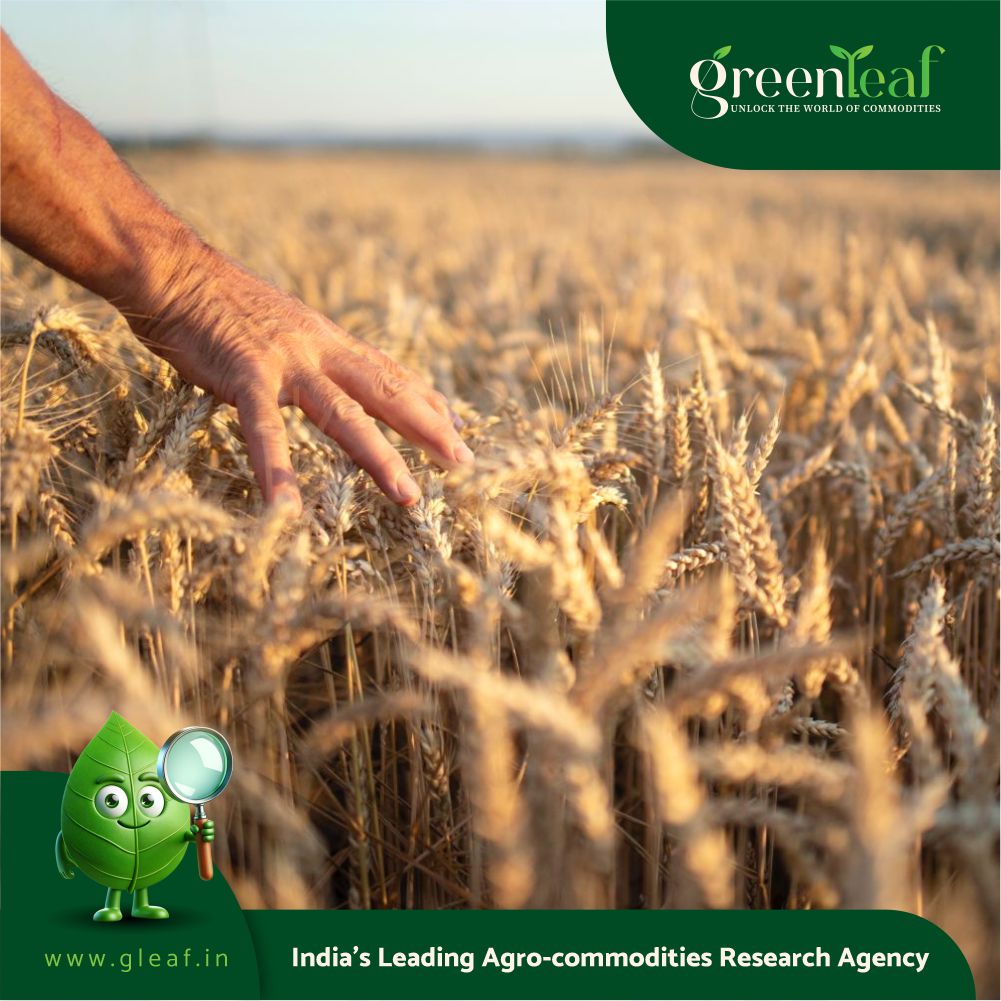Uttar Pradesh has procured more cattle fodder than wheat in terms of target achievement (in percentages ) this year, despite the state requiring over 70 lakh metric tonnes (MT) of wheat annually to meet its public distribution system (PDS) needs, reflecting changing rural priorities and marketing dynamics.
According to official data, the state government fixed a minimum target of procuring 60 lakh MT of wheat at the minimum support price (MSP) of ₹2425 per quintal from farmers this marketing season. Despite widespread publicity and procurement drives, it managed to purchase just a little over 10 lakh MT — achieving only about 17% of its target. The government began the wheat procurement for 2025 on April 1 through 5853 purchase centres across the state. The procurement season will end officially on Sunday.
Officials attribute the poor procurement to higher prices being offered in the open market.
“Farmers are increasingly preferring private buyers who offer rates above the MSP and added conveniences like timely pickup, cash payment and transport assistance,” said a senior food and civil supplies official.
“The persistent low procurement trend has been observed over the last few years, with global disruptions such as the Russia-Ukraine war also impacting grain trade flows and pricing,” he added.
This shortfall is likely to force the Centre to step in and fill the deficit by diverting wheat stocks from Food Corporation of India (FCI) godowns in other states, which is bound to increase the transportation cost significantly.
In contrast, the state has fared far better in buying bhoosa — the dry wheat chaff or straw used as fodder for bovines. The government collected over 8 lakh MT of bhoosa this year, primarily for feeding stray cattle housed in more than 7,000 gaushalas (cow shelters) across Uttar Pradesh, and this collection stands at about 90% of the target.
These shelters accommodate nearly 13 lakh animals, mostly abandoned or unproductive cattle, with fodder expenses forming a substantial part of the state’s animal care budget.
The department of animal husbandry fixed the target of collecting around 9 lakh MT bhoosa for stray cattle through a drive between April 15 and May 31. Of it, 26,62,198.16 quintal was sought to be collected through donations while the rest 62,11,795.72 quintal was to be purchased by the government from farmers at the rate of ₹850 per quintal.
The stark contrast between the two figures — 90.55% of bhoosa procured versus just 17% of wheat — underscores the growing challenge in securing foodgrains for the PDS through MSP operations, even as the state remains committed to cow protection policies.
Experts warn that unless procurement becomes more farmer-friendly or MSPs are revised to match real-time market prices, states like UP will continue to struggle with meeting their foodgrain buffer needs through local sourcing.
Principal secretary, food and civil supplies, Ranvir Prasad said the objective of the MSP was to ensure that no farmer had to sell his produce below the threshold price fixed by the government.
“Despite our best efforts, many farmers preferred their wheat to private players since they offered a better price to them and the government has no issue with farmers getting a better price than the MSP in the open market,” he said.

